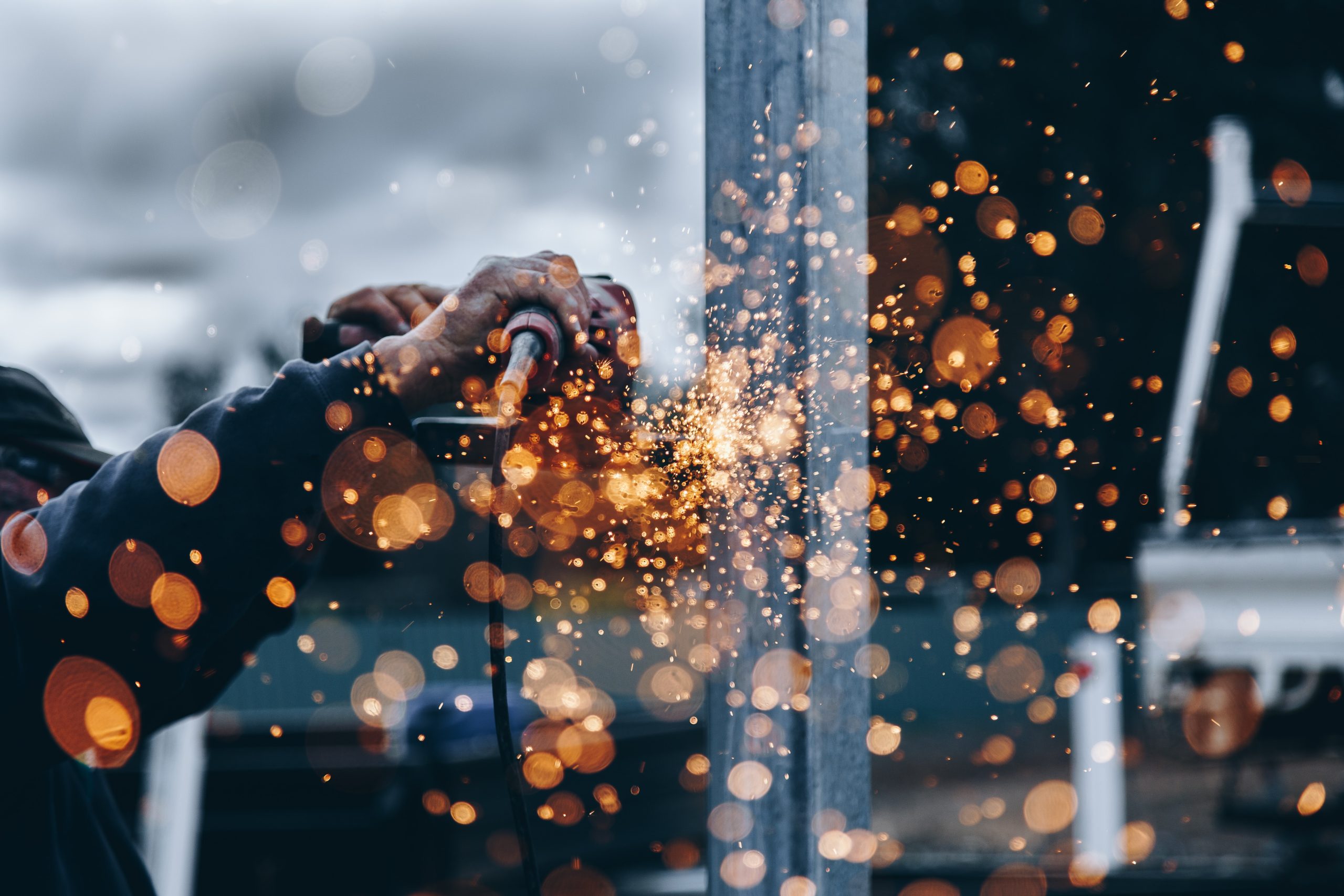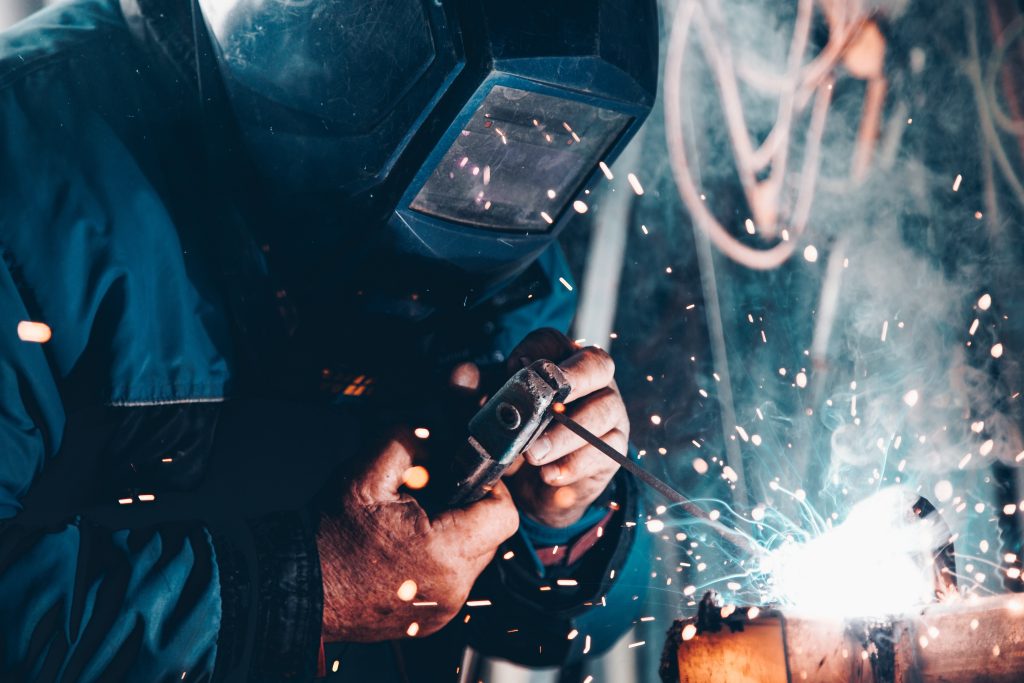Ladies and gentlemen, in the sprawling world of construction, where massive edifices and soaring skyscrapers rule the landscape, there’s one unsung hero that often remains hidden from the limelight – structural steel. You might have heard the term tossed around during architectural discussions, but do you know what structural steel truly is and why it plays such a pivotal role in modern construction? Well, saddle up, dear readers, as we embark on an enlightening journey through the realm of structural steel.
What is Structural Steel?
Let’s start with the basics, shall we? Structural steel is the strong, silent backbone of the construction industry. It’s not your average run-of-the-mill steel; no, this is steel with a purpose. Structural steel is a specialized type of steel specifically crafted for construction purposes. Picture it as the secret ingredient that makes your favorite dish absolutely delectable – it’s that crucial.
Types of Structural Steel
Now that we’ve got a grasp on what structural steel is, let’s dive a bit deeper. You see, structural steel isn’t a one-size-fits-all deal. It comes in different flavors. There’s your classic carbon steel, the tough alloy steel, and the sleek stainless steel. Each type boasts its unique set of properties and characteristics. It’s like choosing your Avengers team – you need the right hero for the job.
Structural Steel Shapes
Think of structural steel shapes as the LEGO bricks of the construction world. They come in various forms – I-beams, H-beams, channels, angles, and more. These shapes aren’t just for show; each one serves a specific structural purpose. It’s like a toolbox with different tools for different tasks. Choosing the right shape is akin to selecting the right tool for the job.
The Manufacturing Marvel
Ever wondered how structural steel is born? Well, it’s not delivered by storks, that’s for sure. The manufacturing process is a fascinating journey in itself. From raw materials to the final product, it goes through a meticulous process that ensures its strength and reliability. Quality control and testing are its trusty sidekicks in this heroic endeavor. And let’s not forget the technological marvels like hot-rolling and cold-forming that have made structural steel even more versatile.
Applications Galore
Now that we’ve unveiled the steel’s true identity let’s talk about its day job. Structural steel doesn’t sit idly by; it’s out there, holding things together, quite literally. It’s the backbone of skyscrapers, bridges, industrial facilities, and much more. Imagine a world without structural steel – we’d be stuck in the Stone Age.
The Perks of Steel
So, why all the fuss about structural steel? Well, folks, it’s not just about its incredible strength, but also about the perks it brings to the construction party. It’s cost-effective, sustainable, and a breeze to maintain. Plus, it scoffs in the face of environmental factors and natural disasters. If structural steel had a motto, it would be “Strength, Sustainability, and Sturdiness.”
Steel vs. the World
In the world of construction materials, structural steel is the heavyweight champion. It’s like pitting a grizzly bear against a bunny rabbit (although we don’t recommend that). When compared to wood, concrete, and masonry, structural steel often emerges victorious. Its sustainability and recyclability make it the eco-warrior of the construction world.
Design and Detailing with Steel
Now, let’s switch gears for a moment and talk about the unsung heroes behind the scenes: the structural steel detailers and drafters. They’re the architects of steel, the maestros of the blueprints. Without their precise drawings and plans, our steel-framed dreams would crumble faster than a house of cards in a hurricane. These folks ensure that every beam, bolt, and weld is in perfect harmony.
Safety First
Working with structural steel isn’t child’s play. Safety is paramount. From handling and lifting to installation, there’s no room for error. Safety codes and regulations are the gospel here, and they’re strictly followed to ensure every project goes off without a hitch.
Advancements in Steel Tech
The world doesn’t stand still, and neither does the structural steel industry. Recent advancements have taken this material to new heights. Enhanced coatings, fire-resistant treatments, and increased sustainability have propelled structural steel into the 21st century. Building Information Modeling (BIM) has also revolutionized the way we design and construct steel-framed structures. Check out Structural Steel Detailing, Precast Drafting and Rebar shop drawings pages.
What Lies Beneath: The Hidden Hero of Construction
In the sprawling world of construction, where massive edifices and soaring skyscrapers rule the landscape, there’s one unsung hero that often remains hidden from the limelight – structural steel. You might have heard the term tossed around during architectural discussions, but do you know what structural steel truly is and why it plays such a pivotal role in modern construction? Well, saddle up, dear readers, as we embark on an enlightening journey through the realm of structural steel.

Crafting the Backbone: What is Structural Steel?
Let’s start with the basics, shall we? Structural steel is the strong, silent backbone of the construction industry. It’s not your average run-of-the-mill steel; no, this is steel with a purpose. Structural steel is a specialized type of steel specifically crafted for construction purposes. Picture it as the secret ingredient that makes your favorite dish absolutely delectable – it’s that crucial.
The Many Flavors of Steel: Types of Structural Steel
Now that we’ve got a grasp on what structural steel is, let’s dive a bit deeper. You see, structural steel isn’t a one-size-fits-all deal. It comes in different flavors. There’s your classic carbon steel, the tough alloy steel, and the sleek stainless steel. Each type boasts its unique set of properties and characteristics. It’s like choosing your Avengers team – you need the right hero for the job.
Shaping the Future: Structural Steel Shapes
Think of structural steel shapes as the LEGO bricks of the construction world. They come in various forms – I-beams, H-beams, channels, angles, and more. These shapes aren’t just for show; each one serves a specific structural purpose. It’s like a toolbox with different tools for different tasks. Choosing the right shape is akin to selecting the right tool for the job.
From Raw to Remarkable: The Manufacturing Marvel
Ever wondered how structural steel is born? Well, it’s not delivered by storks, that’s for sure. The manufacturing process is a fascinating journey in itself. From raw materials to the final product, it goes through a meticulous process that ensures its strength and reliability. Quality control and testing are its trusty sidekicks in this heroic endeavor. And let’s not forget the technological marvels like hot-rolling and cold-forming that have made structural steel even more versatile.
Supporting Dreams: Applications Galore
Now that we’ve unveiled the steel’s true identity let’s talk about its day job. Structural steel doesn’t sit idly by; it’s out there, holding things together, quite literally. It’s the backbone of skyscrapers, bridges, industrial facilities, and much more. Imagine a world without structural steel – we’d be stuck in the Stone Age.
Strength Meets Sustainability: The Perks of Steel
So, why all the fuss about structural steel? Well, folks, it’s not just about its incredible strength, but also about the perks it brings to the construction party. It’s cost-effective, sustainable, and a breeze to maintain. Plus, it scoffs in the face of environmental factors and natural disasters. If structural steel had a motto, it would be “Strength, Sustainability, and Sturdiness.”
Steel vs. the World: Why it Reigns Supreme
In the world of construction materials, structural steel is the heavyweight champion. It’s like pitting a grizzly bear against a bunny rabbit (although we don’t recommend that). When compared to wood, concrete, and masonry, structural steel often emerges victorious. Its sustainability and recyclability make it the eco-warrior of the construction world.
Design and Detailing with Steel: The Unseen Architects
Now, let’s switch gears for a moment and talk about the unsung heroes behind the scenes: the structural steel detailers and drafters. They’re the architects of steel, the maestros of the blueprints. Without their precise drawings and plans, our steel-framed dreams would crumble faster than a house of cards in a hurricane. These folks ensure that every beam, bolt, and weld is in perfect harmony.
Safety First: The Watchful Guardians
Working with structural steel isn’t child’s play. Safety is paramount. From handling and lifting to installation, there’s no room for error. Safety codes and regulations are the gospel here, and they’re strictly followed to ensure every project goes off without a hitch.
Advancements in Steel Tech: Forging the Future
The world doesn’t stand still, and neither does the structural steel industry. Recent advancements have taken this material to new heights. Enhanced coatings, fire-resistant treatments, and increased sustainability have propelled structural steel into the 21st century. Building Information Modeling (BIM) has also revolutionized the way we design and construct steel-framed structures.
Dear readers, structural steel is more than just a material – it’s the backbone of modern construction. Its strength, versatility, and sustainability have made it an indispensable component of the architectural world. So, the next time you gaze at a towering skyscraper or cross a sturdy bridge, remember the unsung hero that made it all possible: structural steel. It’s the silent partner in construction, and it deserves its moment in the spotlight. For infomation visit Steel.org.au.
FAQs
Is structural steel environmentally friendly?
Absolutely! Structural steel is highly recyclable and has a low environmental impact, making it an eco-friendly choice for construction.
How long does structural steel last?
With proper maintenance, structural steel can last for decades, often surpassing the lifespan of other building materials.
Can structural steel be used in residential construction?
Yes, indeed! Structural steel is gaining popularity in residential construction due to its strength and design flexibility.
Is structural steel more expensive than other materials?
While the initial cost may be higher, the long-term benefits of structural steel, such as durability and low maintenance, often outweigh the upfront expenses.
Are there limitations to the size and shape of structures that can be built with structural steel?
Structural steel’s versatility allows for a wide range of design possibilities, and it can be used in various structural configurations. However, structural engineers should assess specific project requirements to ensure the best fit.

